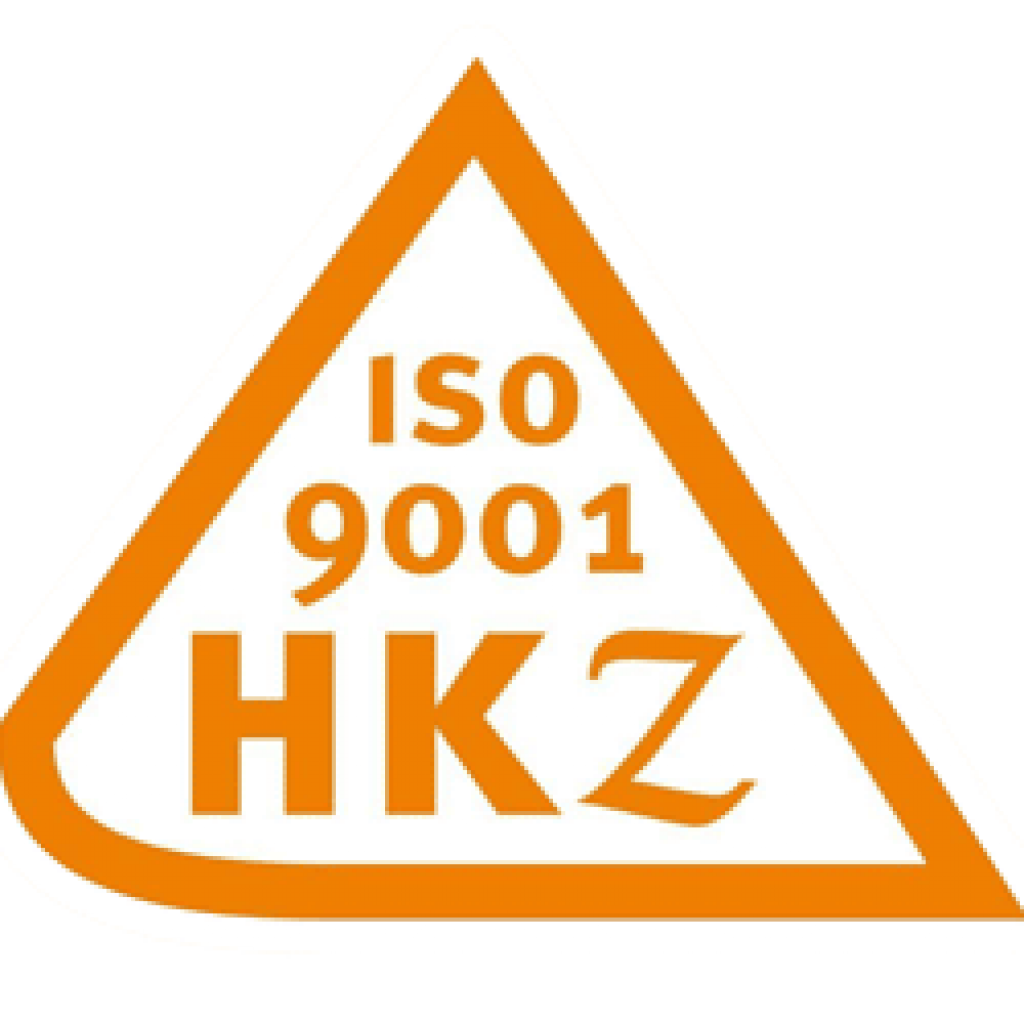- Pharmacopsychiatry 2015; 48 – A86
- DOI: 10.1055/s-0035-1558024
Resting state EEG and functional connectivity in patients with major depression and under electro-convulsive therapy
O Pogarell 1, S Karch 1, G Dunkel 1, F Segmiller 1, H Engelbregt 2, D Keeser 1
- Dept. of Psychiatry, University of Munich, Germany
Hersencentrum, Amsterdam, NL
Background:
Dysfunctions of neuronal circuits are involved in the pathophysiology of depression. The aim of the study was to investigate patients with major depression (MD) and matched controls using resting state EEG with respect to spectrotemporal dynamics of brain electric activity and connectivity. A subsample of patients undergoing electroconvulsive therapy (ECT) was investigated accordingly, in order to evaluate functional effects of ECT. Methods: The sample comprised 228 patients with MD, 215 matched healthy subjects, and 20 depressed subjects before and under ECT. Spectro-temporal dynamics during resting state were analysed in sensor and source space. Quantitative measures of power, asymmetry, coherence, current density and brain connectivity were calculated from artifact free EEG epochs. Results: Compared to controls patients showed an increase in delta, theta and alpha power in all brain regions with a frontal focus and significant hemispheric differences (l>r). There were increased connectivity measures for frontotemporal and parietal regions. Patients under ECT showed an increase in frontal slow activity, but a decrease in frontal hyperconnectivity. Conclusion: Dysfunctions of frontal cortical networks together with alterations of functional connectivity (hyperconnectivity) may contribute to the pathophysiology of major depression. These alterations appear to be influenced by electroconvulsive therapy.
https://www.thieme-connect.com/products/ejournals/abstract/10.1055/s-0035-1558024


